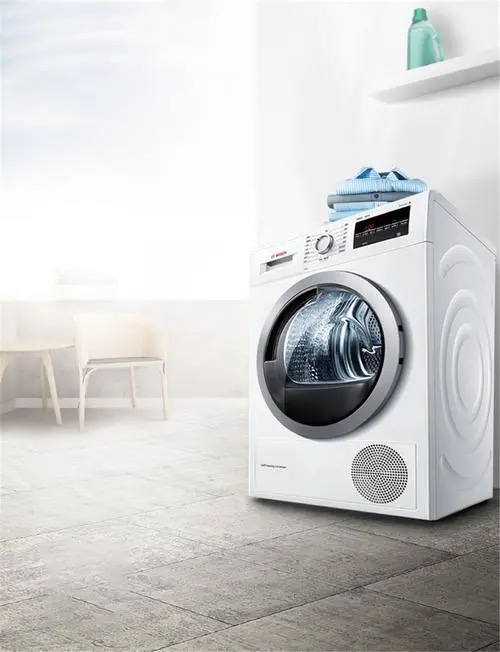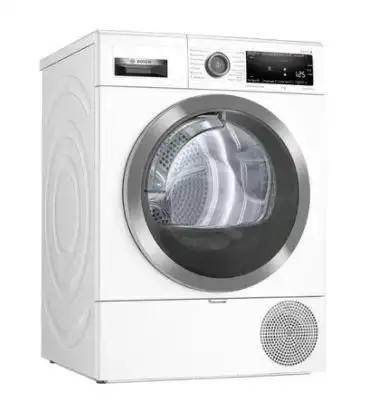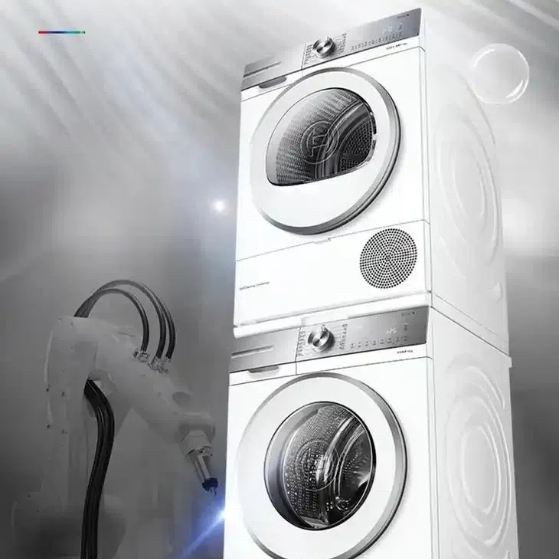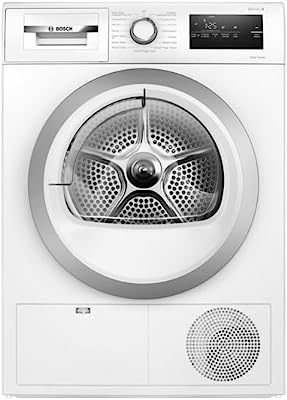
Content Menu
How To Clean Bosch Heat Pump Dryer
● Introduction
● Understanding Your Bosch Heat Pump Dryer
● Why Cleaning is Important
● Step-by-Step Cleaning Process
>> Step 1: Gather Your Supplies
>> Step 2: Unplug the Dryer
>> Step 3: Clean the Lint Filter
>> Step 4: Clean the Heat Exchanger
>> Step 5: Wipe Down the Interior
>> Step 6: Clean the Exterior
>> Step 7: Reassemble and Test
● Maintenance Tips
● Conclusion
● Frequently Asked Questions
>> 1. How often should I clean my Bosch heat pump dryer?
>> 2. What tools do I need to clean my dryer?
>> 3. Can I use any cleaning products on my dryer?
>> 4. What should I do if my dryer is not drying clothes properly?
>> 5. Is it safe to clean the heat exchanger myself?
Introduction
Cleaning your Bosch heat pump dryer is essential for maintaining its efficiency and prolonging its lifespan. Regular maintenance not only ensures that your clothes dry effectively but also helps prevent potential issues that could arise from lint buildup and other debris. In this guide, we will walk you through the steps to clean your Bosch heat pump dryer thoroughly.
Understanding Your Bosch Heat Pump Dryer
Before diving into the cleaning process, it's important to understand how your Bosch heat pump dryer works. Unlike traditional dryers, heat pump dryers use a closed-loop system to recycle air, which makes them more energy-efficient. However, this system can accumulate lint and debris, which can hinder performance if not cleaned regularly.

Why Cleaning is Important
Regular cleaning of your Bosch heat pump dryer is crucial for several reasons:
1. Efficiency: A clean dryer operates more efficiently, reducing energy consumption.
2. Longevity: Regular maintenance can extend the life of your appliance.
3. Safety: Lint buildup can pose a fire hazard, making cleaning a safety priority.
Step-by-Step Cleaning Process
Step 1: Gather Your Supplies
Before you start cleaning, gather the following supplies:
1. Soft brush or vacuum cleaner
2. Microfiber cloths
3. Mild detergent
4. Towel
Step 2: Unplug the Dryer
For safety, always unplug your dryer before starting any cleaning process. This prevents any accidental starts while you are working.
Step 3: Clean the Lint Filter
1. Remove the Lint Filter: Open the dryer door and pull out the lint filter.
2. Clean the Filter: Use your hand or a soft brush to remove lint buildup. Rinse it under warm water if necessary, and let it dry completely before reinserting it.
Step 4: Clean the Heat Exchanger
1. Locate the Heat Exchanger: This is usually found at the bottom of the dryer.
2. Remove the Heat Exchanger: Follow the manufacturer's instructions to safely remove it.
3. Clean the Heat Exchanger: Use a vacuum cleaner with a brush attachment to remove lint. If it’s heavily soiled, rinse it under running water and let it dry completely.
Step 5: Wipe Down the Interior
1. Use a Microfiber Cloth: Wipe down the interior of the dryer drum with a damp microfiber cloth to remove any dust or residue.
2. Check for Debris: Inspect the drum for any remaining debris and clean as necessary.
Step 6: Clean the Exterior
1. Locate the Heat Exchanger: This is usually found at the bottom of the dryer.
2. Remove the Heat Exchanger: Follow the manufacturer's instructions to safely remove it.
3. Clean the Heat Exchanger: Use a vacuum cleaner with a brush attachment to remove lint. If it’s heavily soiled, rinse it under running water and let it dry completely.
Step 7: Reassemble and Test
1. Reinsert the Heat Exchanger: Once it’s completely dry, reinsert the heat exchanger.
2. Plug in the Dryer: Reconnect the power and run a short cycle to ensure everything is functioning properly.

Maintenance Tips
1. Regular Cleaning: Clean the lint filter after every use and the heat exchanger every few months.
2. Check for Blockages: Regularly inspect the venting system for blockages to ensure proper airflow.
3. Professional Servicing: Consider having your dryer serviced by a professional annually for a thorough cleaning and inspection.
Conclusion
Cleaning your Bosch heat pump dryer is a straightforward process that can significantly enhance its performance and safety. By following these steps and maintaining a regular cleaning schedule, you can ensure that your dryer remains efficient and effective for years to come.

Frequently Asked Questions
1. How often should I clean my Bosch heat pump dryer?
It is recommended to clean the lint filter after every use and the heat exchanger every few months.
2. What tools do I need to clean my dryer?
You will need a soft brush or vacuum cleaner, microfiber cloths, mild detergent, and a towel.
3. Can I use any cleaning products on my dryer?
It is best to use mild detergents and avoid harsh chemicals that could damage the dryer.
4. What should I do if my dryer is not drying clothes properly?
Check for lint buildup in the filter and heat exchanger, and ensure that the venting system is clear.
5. Is it safe to clean the heat exchanger myself?
Yes, as long as you follow the manufacturer's instructions and ensure the dryer is unplugged during cleaning.












